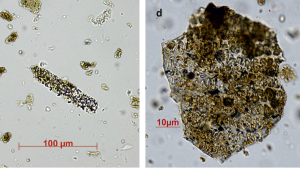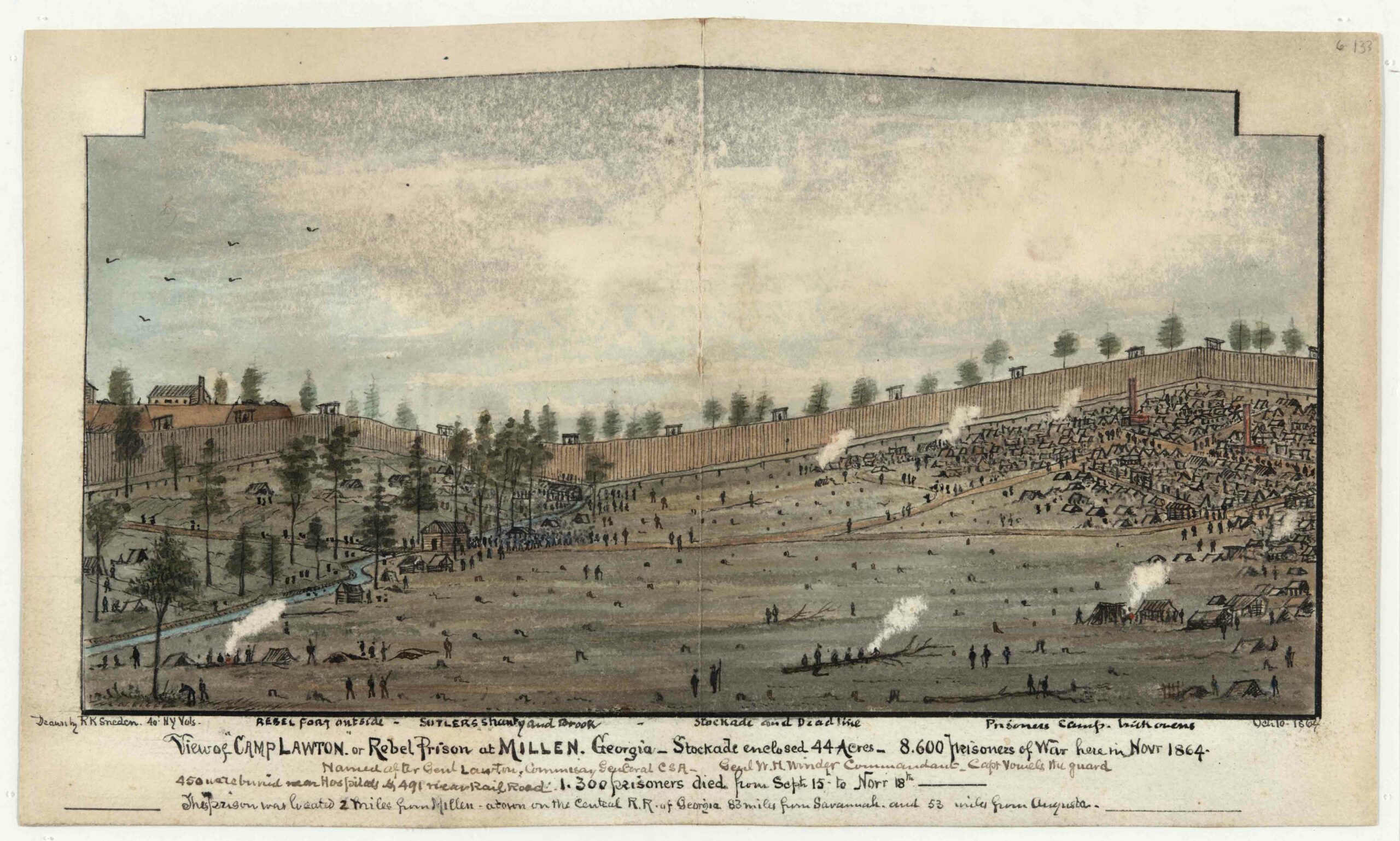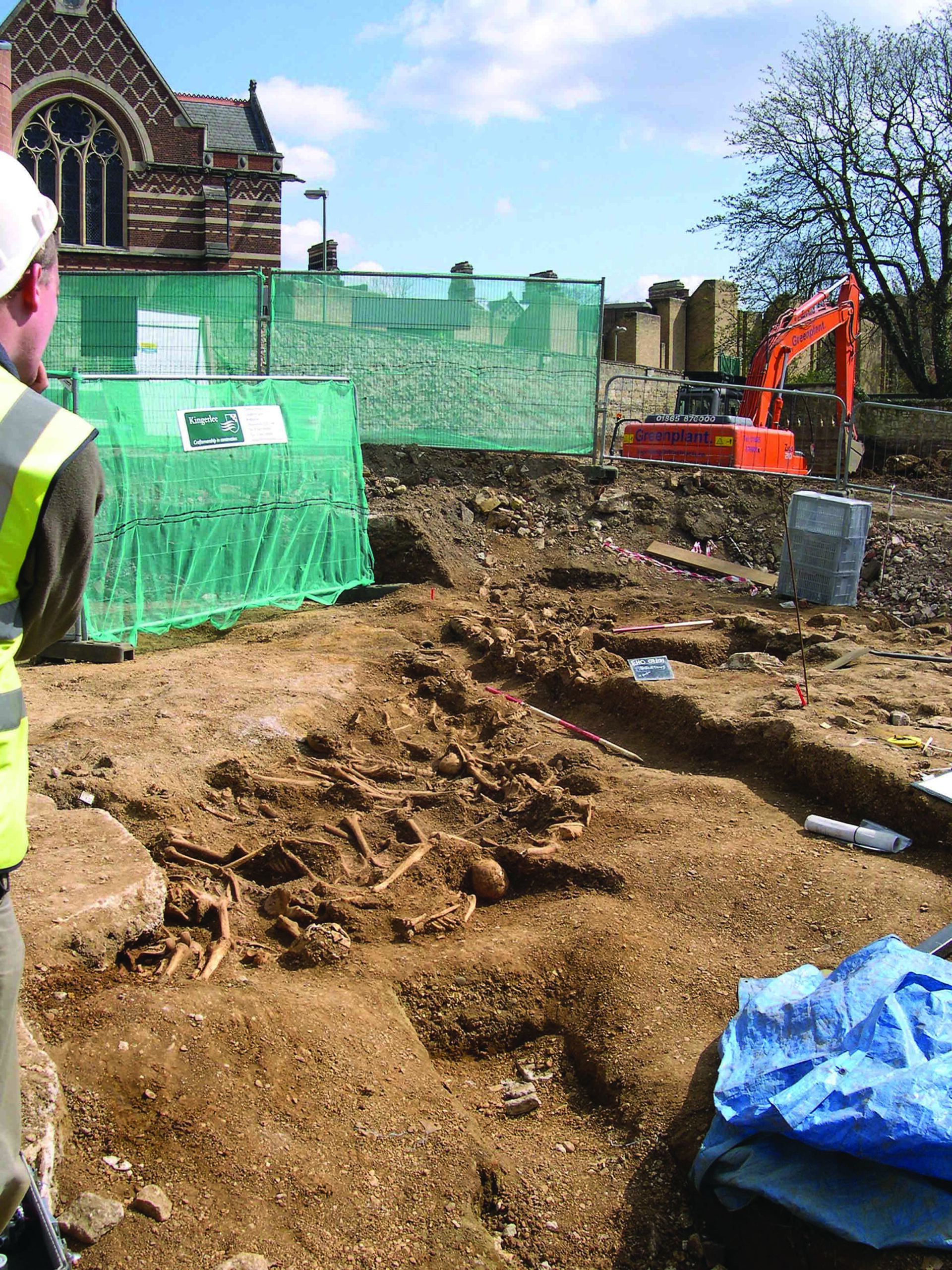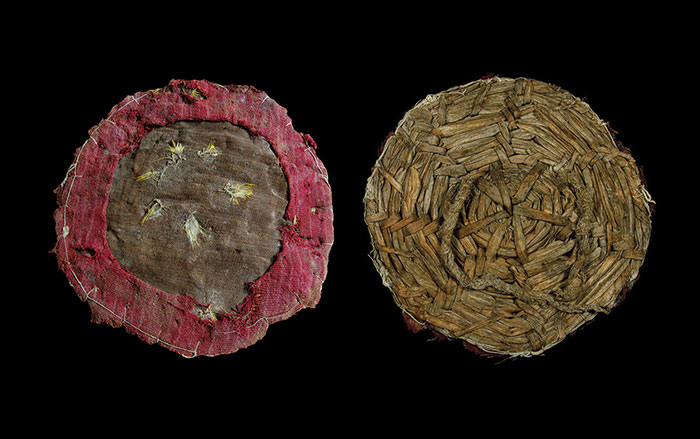
MT CARMEL, ISRAEL—Dani Nadel of the University of Haifa, Robert C. Power of the Max Planck Institute for Evolutionary Anthropology, and Arlene M. Rosen from the University of Texas, Austin, have studied the use of plants in Raqefet Cave by members of the Natufian culture some 13,000 years ago. Last summer, the research team announced their discovery of impressions left by salvia and other species of mint under human burials in the cave. Phytoliths from other locations in the cave, including impressions in the rock that may have been used to grind or pound cereals, include wheat and barley grasses. Evidence of the grains was also found buried with the dead as part of what may have been an offering or a final meal.









